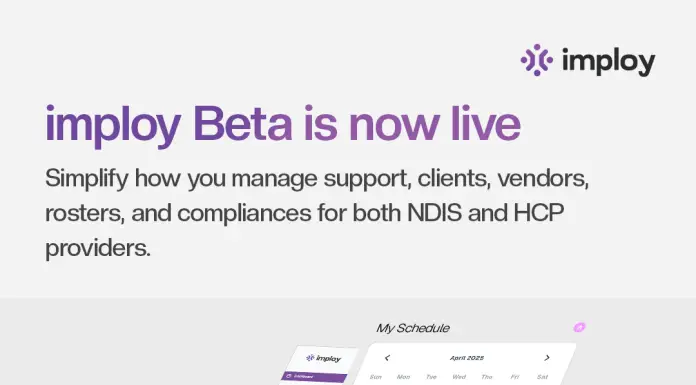Australia’s new End-of-Life Pathway offers home care funding to help more people die at home, but experts warn eligibility limits and funding shortfalls may leave some without adequate support. Drawing on her 30 years of experience, palliative care nurse practitioner Karen Conte shares insights into the program’s promise, as Australia seeks to improve how we support people in their final days.
Australians will soon have access to new funding aimed at helping them fulfil their final wish: to die in the comfort of their own home, surrounded by family and friends.
Statistics show that 70 per cent of us want to die at home, yet only 14 per cent do, wit most spending their final days in hospital or residential care.
To help rectify this sad reality, the Federal Government has included an ‘End-of-Life Pathway’ in its new Support at Home Program, now slated to launch on November 1 – four months later than previously planned.
Regardless of whether they are an existing program participant, older individuals given three months or less to live will be able to access up to $25,000 in funding for home care services such as nursing, personal care and domestic help for up to 12 weeks (with the ability for a four-week extension).
This is welcome progress in addressing the substantial gap that exists between the number of Australians who wish to die at home and those who actually do.
It has become evident that there will be some challenges when it comes to implementing the new funding model which will work in conjunction with specialist palliative care services for specialised support and symptom management.
But after pushing back the implementation of aged care reforms, including the Support at Home Program, there is time for the Federal Government to listen to sector concerns about the End-of-Life Pathway to ensure it will meet the needs of ageing Australians in their final days.
One major issue with the End-of-Life Pathway is that eligibility is restricted to individuals with a life expectancy of three months or less.
As someone who has worked in palliative care for more than three decades, I have seen time and time again how difficult it can be for health professionals to predict how long someone with a terminal diagnosis will actually live. The closer someone gets to death, the easier it is to predict – but three months out is a very big ask, particularly when an individual is old and frail.
I’ve seen people given months to live have their condition stablise and go on to live for another 12 months or more. With that being said, there is a real risk that some people will outlive their End-of-Life Pathway funding, which means they will miss out on crucial support in their final days.
Another major challenge relates to the level of support the End-of-Life Pathway provides to individuals already on the Support at Home classifications with the highest budget.
The End-of-Life Pathway is a short-term classification with funding offered instead of – and not in addition to – existing Support at Home budgets.
This means elderly people on a Classification 8 who are already receiving the highest Support at Home budget and the most likely to receive a terminal diagnosis, won’t get much additional funding when they switch to the End-of-Life Pathway classification.
In my role with home care provider Dovida, I’ve spent a fair bit of time mapping out how much additional support the new pathway will provide.
My modelling shows that someone on a Support at Home Level 8 classification will receive an additional $5,500 to meet their end-of-life needs over three months. While this extra support is very much welcome, it is the equivalent of $458 more a week – which, based on average industry rates, would cover an extra four hours of personal care or domestic assistance.
An additional challenge is ensuring we have enough aged care workers with the skills to help provide end-of-life care. Our team is busy upskilling for the provision of care to complement specialist palliative care services, supporting more people to die at home.
Don’t get me wrong – the End-of-Life Pathway is a good step towards keeping more people out of hospital and receiving care in their own homes during their final days.
However, early indications are that the Federal Government may not have gone far enough with the funding.
With a growing elderly population and more people dying at an older age, there is no doubt that we, as a nation, will need to continue to do more to help the majority of them spend their final days at home.










